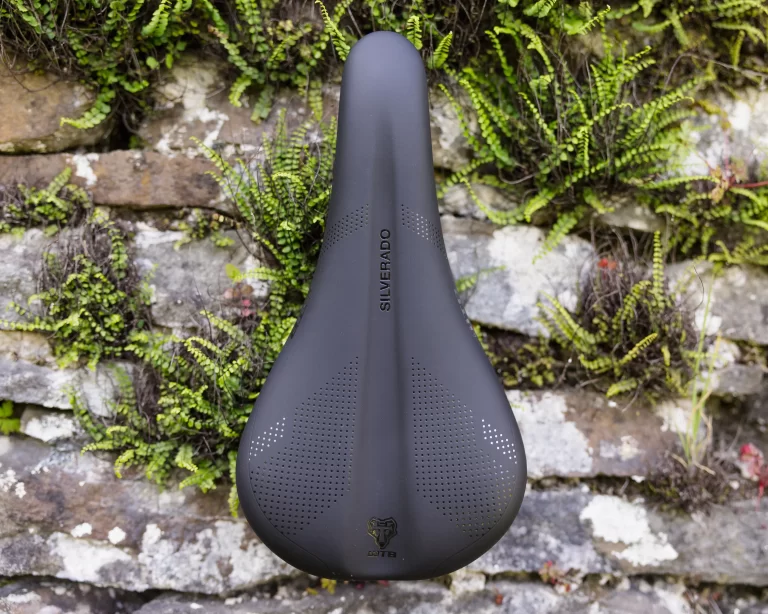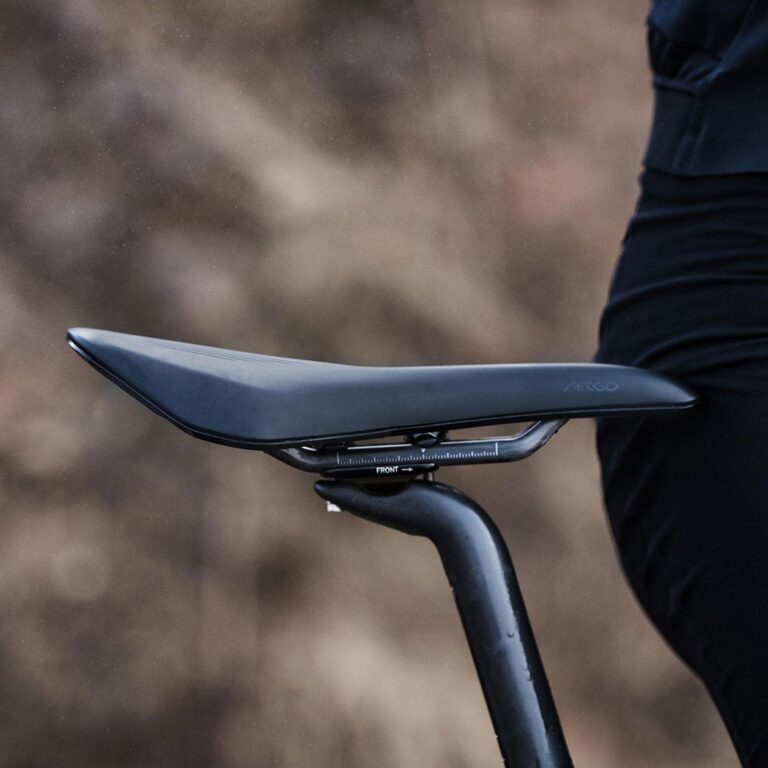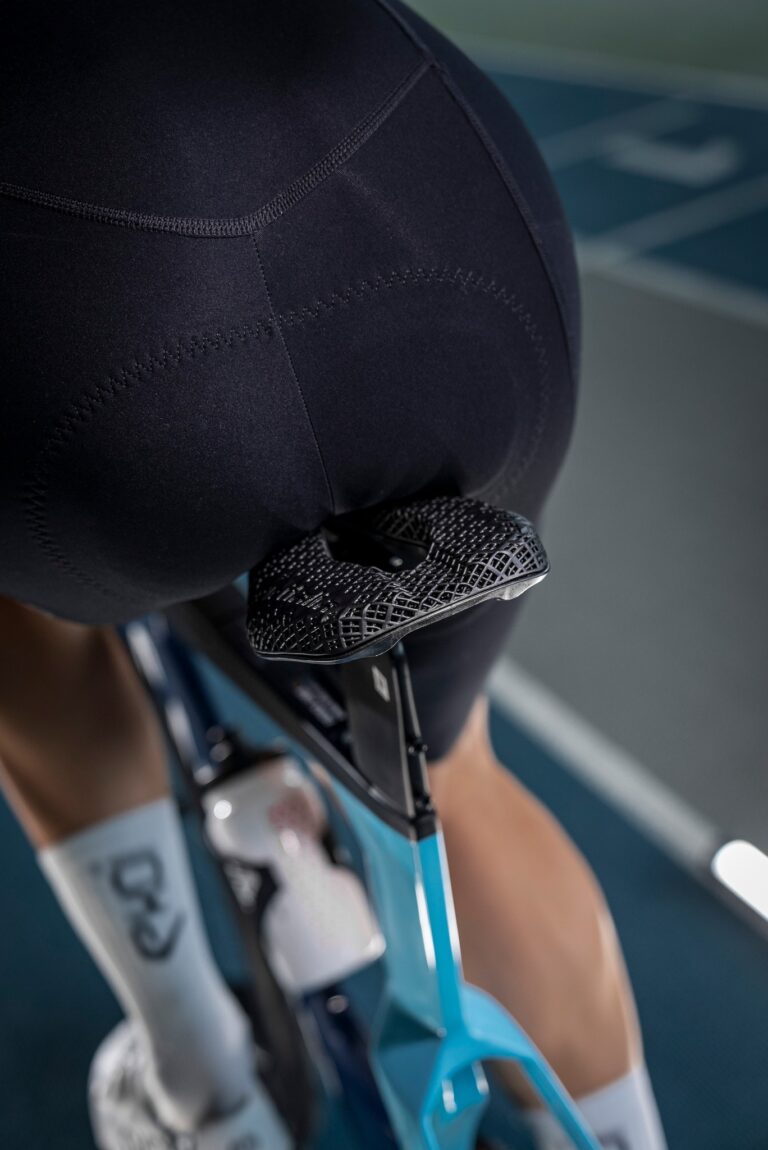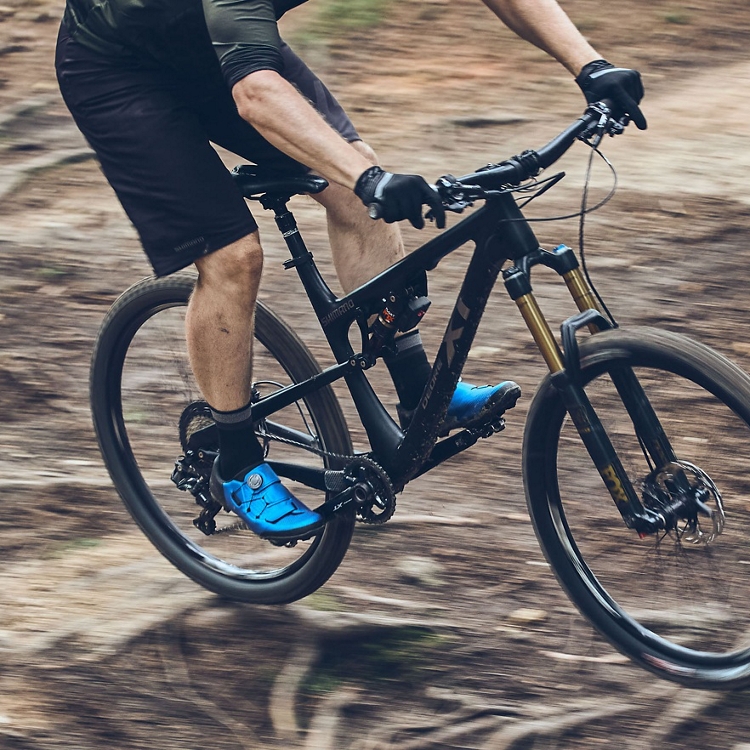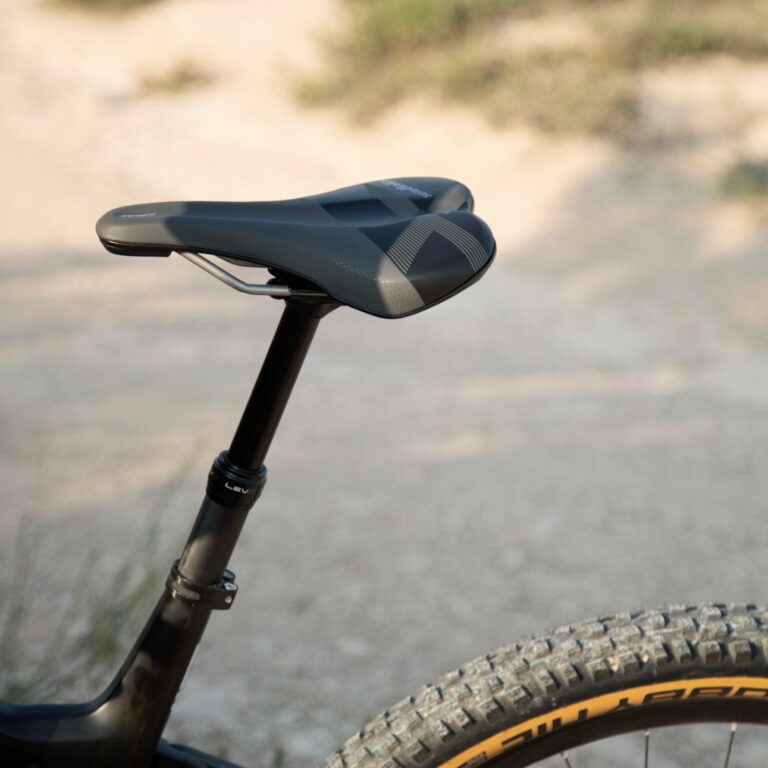Understanding Gravel Bike Saddle Suspension Systems: A Master Cyclist’s Guide
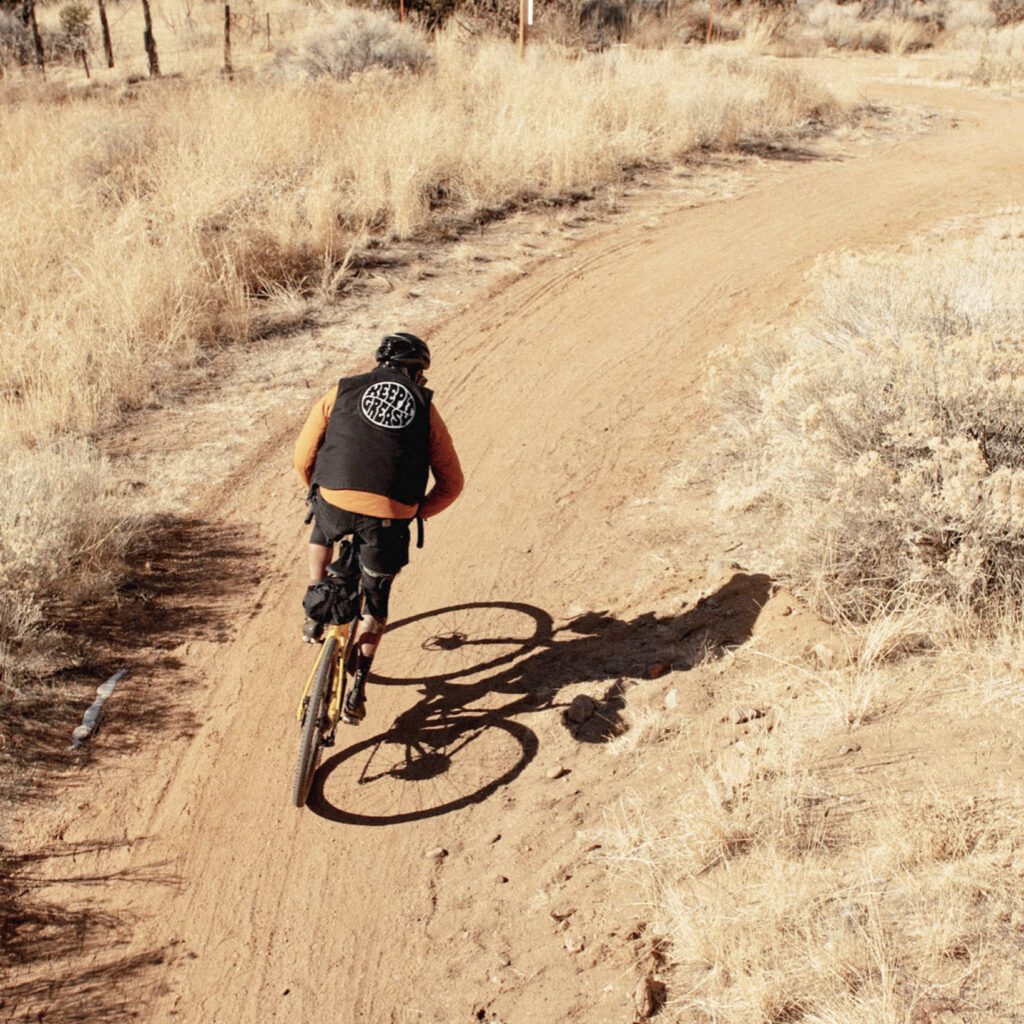
Key Point Summary of Understanding Gravel Bike Saddle Suspension Systems:
- Saddle Suspension Basics: Enhances comfort and reduces fatigue by absorbing vibrations and shocks.
- Types of Saddle Shock Absorption: Includes integrated systems within the saddle and seatpost.
- Benefits for Gravel Riding: Minimizes impact from rough terrain, improving control and reducing rider fatigue.
- Choosing a System: Factors to consider include type of gravel riding, rider weight, and personal comfort preferences.
Hey fellow riders! Over my many years of cycling—racing across mountain trails, grinding gravel, and hurdling through cyclocross courses—I’ve come to appreciate the nuances that make each ride smoother and more enjoyable. Let’s dive deep into the world of gravel saddle shock absorption, sharing a blend of insights and personal anecdotes that illuminate why this component is a game-changer for cycling comfort and performance.
The Heart of Comfort
Saddle shock absorption systems are not just fancy additions; they’re meticulously designed features that can significantly enhance your riding experience, especially on the unpredictable terrains of gravel biking. Through years of trial, and error, and many sore days post-ride, I’ve learned the importance of a system that can take the edge off those jarring trails.

Integrated Shock Absorption
Some of the latest innovations in bike technology have brought us saddles with built-in shock absorption. These designs often utilize flexible materials and strategic cutouts to create a cushioning effect without adding much weight. The subtle give was enough to soften the impacts of gravel roads, making longer rides markedly more comfortable.
Seatpost Shock Absorption Systems
Then there’s the magic of seatpost shock absorption systems. These can range from simple elastomer-based designs to more sophisticated, spring-loaded, or hydraulic mechanisms. The first time I switched to a seatpost with suspension for a 100-mile gravel race, the difference was night and day. The usual fatigue I’d feel in my lower back and sit bones was significantly reduced, allowing me to focus more on the ride and less on the discomfort.
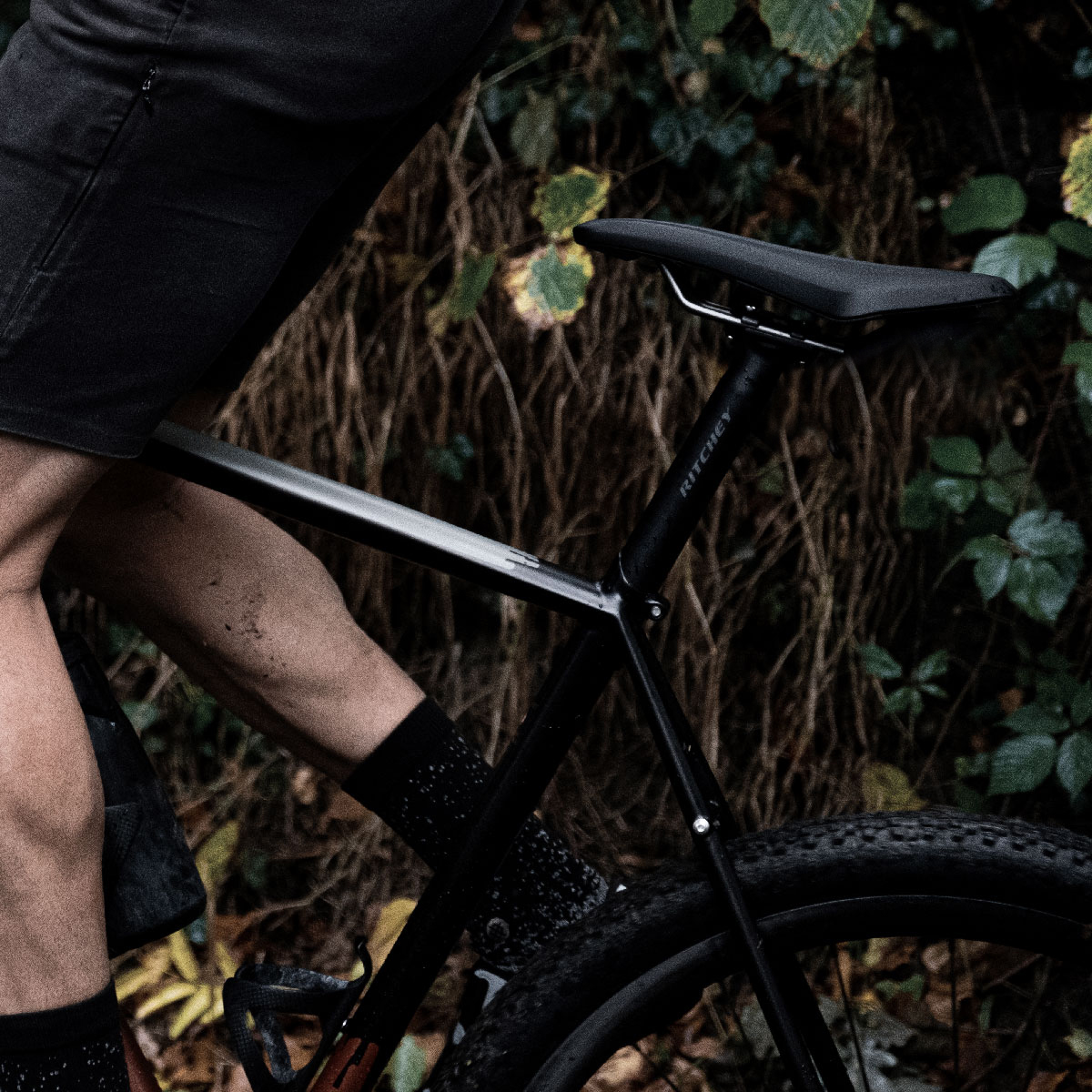
The Gravel Riding Advantage
Gravel biking, by nature, puts you on a mix of surfaces—some smooth and forgiving, others as unforgiving as cobblestones. A saddle shock absorption system can transform your ride from a teeth-rattling ordeal into a more manageable adventure. It’s not just about comfort; it’s about maintaining control and power when the terrain gets tough. The ability to absorb shocks means less bouncing around, better contact with your pedals, and more efficient power transfer.
Selecting the Right System
Choosing the right saddle shock absorption system involves considering your riding style, the typical terrain you tackle, and your body weight. Heavier riders might benefit from a system with adjustable tension or higher spring rates, while lighter riders could find comfort in more flexible designs. It’s also worth considering the compatibility with your bike frame and whether you prioritize weight savings over comfort.
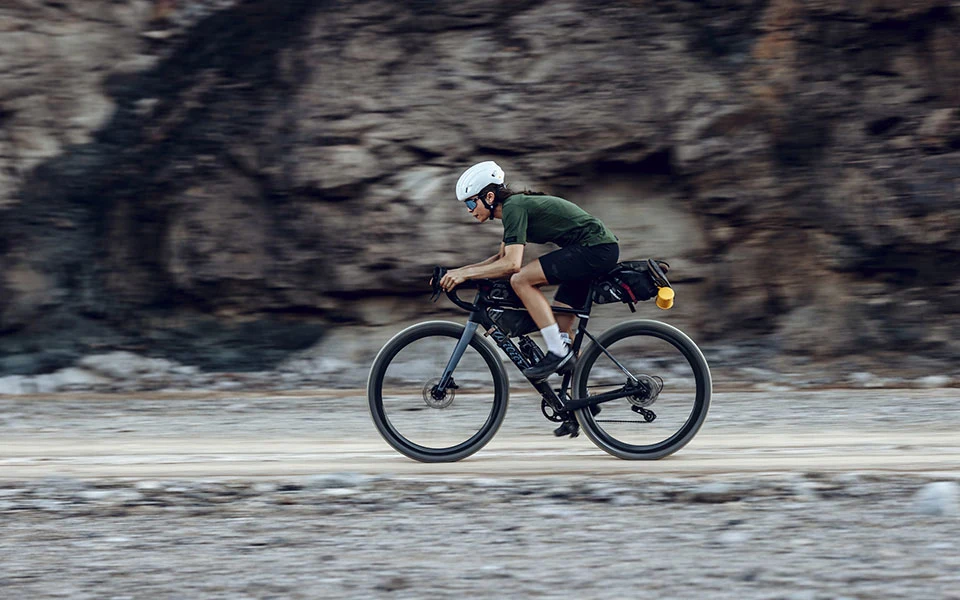
Understanding Gravel Bike Saddle Suspension Systems: Wrapping Up
Incorporating a saddle shock absorption system into your gravel biking setup can be a game-changer, especially for those long, demanding rides where comfort and endurance are paramount.
While the article explored various aspects of the saddle and seatpost shock absorption systems without pinpointing a singular best option, the ideal saddle for gravel biking is characterized by:
- Integrated Suspension: A saddle that features built-in mechanisms, utilizing materials and designs that flex under load to absorb shocks and vibrations. This type of saddle directly addresses the unique demands of gravel riding by providing cushioning and support where it’s most needed, without compromising on weight or performance.
- Seatpost Suspension Compatibility: For those seeking an additional layer of comfort, a saddle that pairs well with seatpost shock absorption systems offers a double defense against the rough and unpredictable terrains encountered in gravel biking. The combination of a flexible saddle and a suspension seatpost can significantly enhance ride quality, reduce fatigue, and improve control.
- Personal Fit and Comfort: Ultimately, the best gravel bike saddle is one that fits your anatomy, riding style, and comfort preferences. It should support your sit bones adequately, offer the right amount of padding, and align with your riding posture to ensure efficiency and reduce the risk of discomfort or injury over long distances.
- Durability and Material Quality: Given the often demanding nature of gravel riding, the best saddle should also stand up to the elements and wear, featuring durable materials and construction that can handle the rigors of off-road adventures.
Looking beyond the WTB Volt and Silverado, other notable brands and models that are frequently praised in the gravel biking community include the Fabric Scoop, known for its innovative construction and comfortable design, and the Ergon SR Pro, renowned for its ergonomic shape and pressure-relieving features.
In conclusion, the best gravel saddle is one that addresses the unique challenges of gravel riding by combining comfort, durability, and performance-enhancing shock absorption features. It’s about finding a balance that works for your body and your riding style, ensuring that every gravel adventure is as enjoyable as it is exhilarating.
John

FAQ
Is suspension on gravel bike worth it?
Yes, suspension on a gravel bike can be worth it, especially for riders who tackle rough, uneven terrains. It improves comfort, reduces fatigue, and can enhance control over challenging surfaces.
How do I choose a suspension seat post?
When choosing a suspension seatpost, consider:
- Travel: The amount of suspension travel needed for your typical riding terrain.
- Weight Capacity: Ensure it supports your weight.
- Diameter: Match the seatpost diameter to your bike frame’s specifications.
- Adjustability: Look for adjustable tension or stiffness to tailor the ride to your preferences.
How high should saddle be on gravel bike?
The saddle on a gravel bike should be high enough so that your leg is almost fully extended at the bottom of the pedal stroke, with a slight bend in the knee. This ensures efficient pedaling while avoiding strain.
What is the best gearing for a gravel bike?
The best gearing for a gravel bike depends on your riding terrain and style. Generally, a wide-range cassette with a compact or sub-compact crankset offers versatility for climbing steep hills and speeding on flats. For most, a setup with a 2x drivetrain offering a wide gear range or a 1x drivetrain with a broad cassette (e.g., 10-42T) works well for varied gravel terrains.

